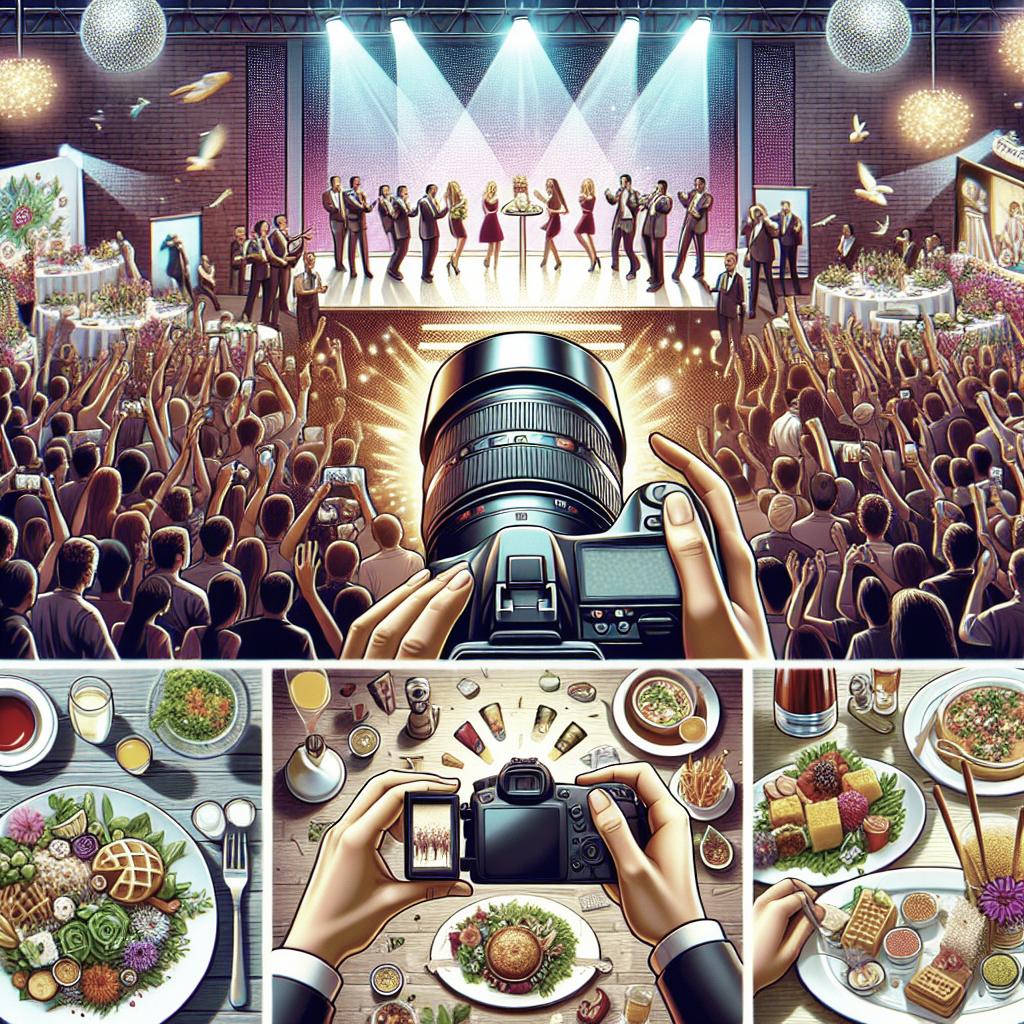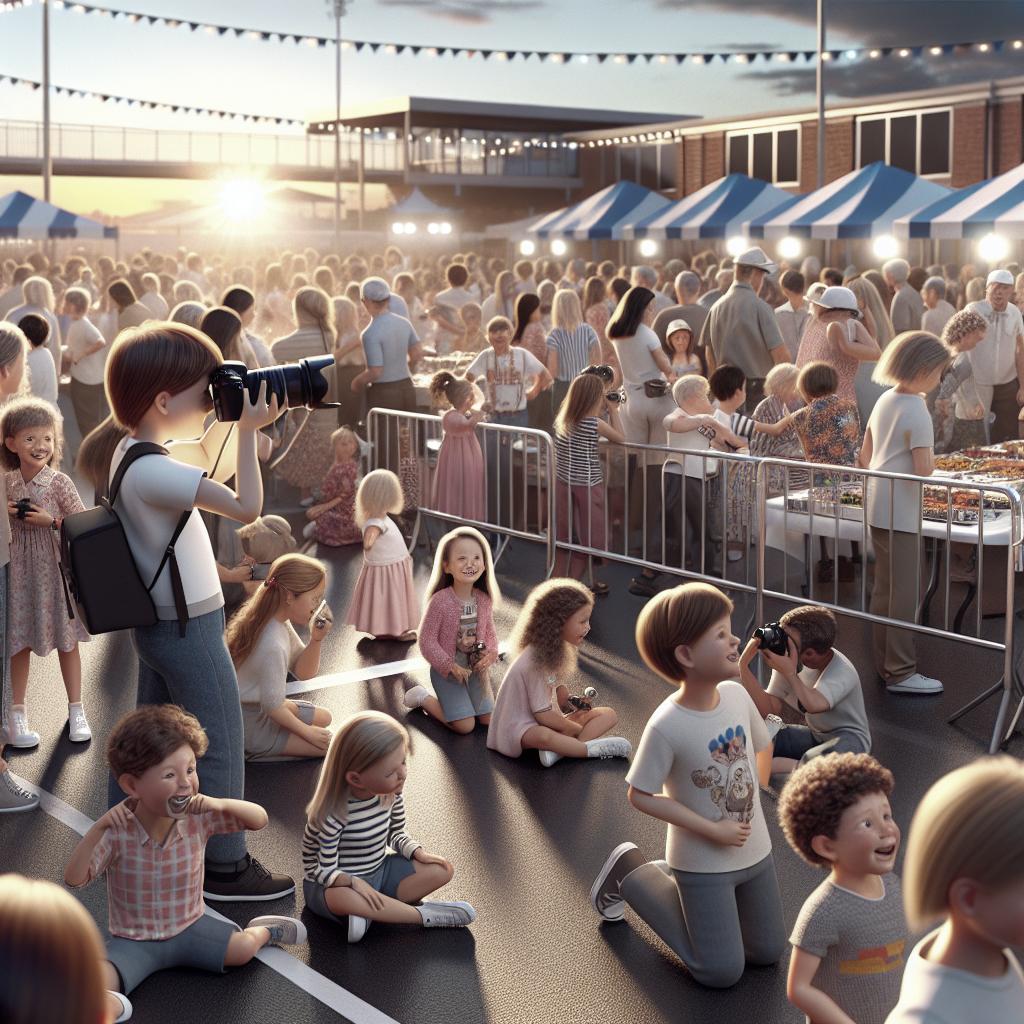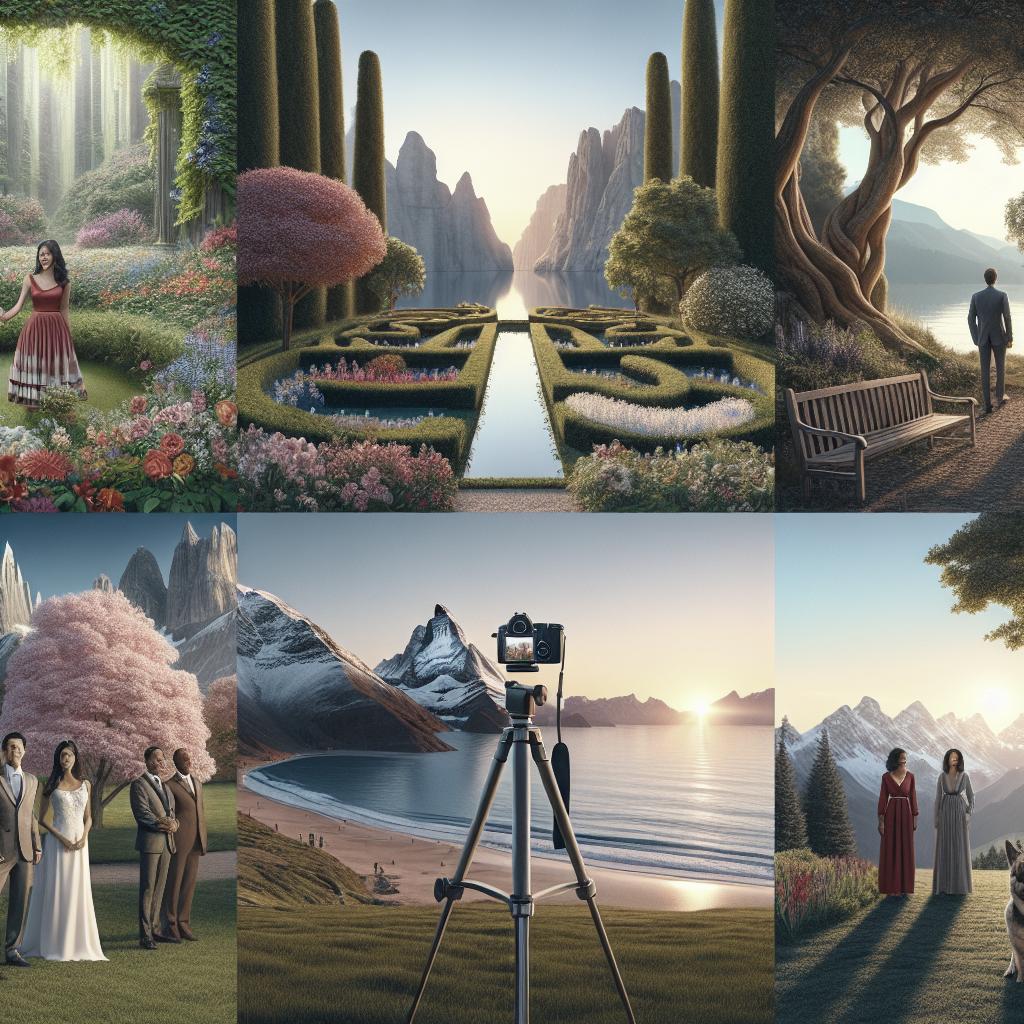<>
“`
Must-Have Shots for Event Photography
Event photography is an art form that captures the essence of a moment, immortalizing special occasions and creating lasting memories. Whether you are documenting a corporate conference, a wedding, or a music festival, knowing which types of shots to take can significantly enhance the quality of your photo album. In this comprehensive guide, we will delve into the essential shots every event photographer must have: perspective shots, emotion shots, dramatic shots, point-of-view shots, full body shots, spotlight shots, and multi-subject shots. These categories will not only provide a diverse range of photos but will also ensure that you capture the event in all its multifaceted glory.
1. Perspective Shots
Perspective shots are vital for adding depth and interest to your photos. Capturing a scene from different angles can reveal details that might otherwise be missed. These shots help in showing the ambiance and setting of the event, providing context for the primary focus of the image. For example, a low-angle shot can make a speaker look more authoritative, while a high-angle shot might emphasize the size of the crowd at a concert. When taking perspective shots, try to think outside the box. Kneel, climb on a chair, or lie down to get that unique shot. Using wide-angle lenses can also help in achieving dramatic perspectives, making your photos more engaging and visually compelling. Always be mindful of your surroundings and how you can use them to your advantage for a truly dynamic shot.
2. Emotion Shots
Emotion shots are crucial for capturing the human element of any event. Whether it’s a tearful bride, a laughing child, or an ecstatic concertgoer, these shots bring the event to life. They provide an emotional anchor that viewers can connect with instantly. To capture these moments, you need to be observant and ready to shoot at a moment’s notice. One effective technique is to use a zoom lens, allowing you to capture candid emotions without intruding on personal space. It’s also helpful to anticipate moments of high emotion; for instance, during speeches, key announcements, or musical crescendos. By blending into the background and being unobtrusive, photographers can capture genuine, unscripted moments of joy, surprise, and sometimes even sorrow.
3. Dramatic Shots
Dramatic shots are designed to capture the most intense moments of an event, creating photos that are both eye-catching and memorable. These shots often include elements of contrast, lighting, and strong composition. For instance, capturing the bride and groom under a spotlight surrounded by darkness can add a sense of drama and focus. To achieve dramatic shots, pay attention to lighting and shadows. Silhouettes and backlighting can be particularly effective in producing striking images. Motion blur can also be used creatively to emphasize the action unfolding. Dramatic shots often require quick thinking and adaptability, but when executed well, they can become the highlight of your event photography portfolio.
4. Point of View (POV) Shots
Point of View (POV) shots aim to make the viewer feel as if they are part of the event. These shots are taken from a first-person perspective, giving a unique and immersive experience. They are particularly effective in creating a sense of involvement and can bring everyday activities to life. For instance, a shot taken from the perspective of a drummer in a band can provide a fresh and engaging view of the event. To get a successful POV shot, consider the participant’s perspective you’re trying to emulate. If you’re aiming to capture the view of the audience, position yourself among them. Conversely, if you’re capturing the perspective of a speaker, stand behind the podium or stage. These shots often benefit from a wide-angle lens to mimic the natural scope of human vision.
5. Full Body Shots
Full body shots are essential for showcasing attire, posture, and overall presence. Whether it’s a guest at a formal event or a performer on stage, these shots provide a complete view of the subject. This type of shot is particularly important in fashion events or ceremonies where the attire is a key element. When framing a full body shot, pay attention to the background and ensure it’s not too cluttered or distracting. Use a moderate aperture to keep both the subject and some of the background in focus for context. It’s also important to consider the subject’s posture and expressions, as these elements contribute greatly to the overall impact of the photo.
6. Spotlight Shots
Spotlight shots focus on highlighting a particular subject or moment during the event, often creating a sense of importance or drama. These shots typically involve using lighting to draw attention to the primary subject, such as a speaker at a conference or the bride and groom during their first dance. The goal is to isolate the subject and make them stand out. To capture effective spotlight shots, leverage available lighting or use external light sources like flash or LED panels. Positioning is crucial; ensure that the subject is well-lit and the background isn’t overpowering. Playing with shadows and silhouettes can also add depth and dimension to your spotlight shots, making them more visually appealing.
7. Multi-Subject Shots
Multi-subject shots are important for capturing the interaction and ambiance among attendees. These photos often include group shots, candid moments of conversation, or action shots involving multiple people. Such images help to portray the social dynamics and overall energy of the event. To nail multi-subject shots, use a wide-angle lens to encompass more of the scene and ensure all subjects are in focus. It’s essential to balance the composition so that no single person overshadows the others unless that’s your specific intent. These shots often benefit from natural, candid moments, so timing and patience are key to capturing genuine interactions.
Lessons Learned
| Shot Type | Description |
|---|---|
| Perspective Shots | Capture various angles to add depth and interest to photos, providing context and unique views. |
| Emotion Shots | Focus on capturing human emotions such as joy, surprise, and sorrow to bring the event to life. |
| Dramatic Shots | Highlight intense moments with strong composition, contrast, and lighting techniques. |
| Point of View (POV) Shots | Provide an immersive experience from the perspective of participants or key figures. |
| Full Body Shots | Showcase attire, posture, and presence, essential for fashion events or ceremonies. |
| Spotlight Shots | Draw attention to a particular subject or moment using lighting to isolate and highlight them. |
| Multi-Subject Shots | Capture interaction and social dynamics among attendees, portraying the event’s energy. |
“`


